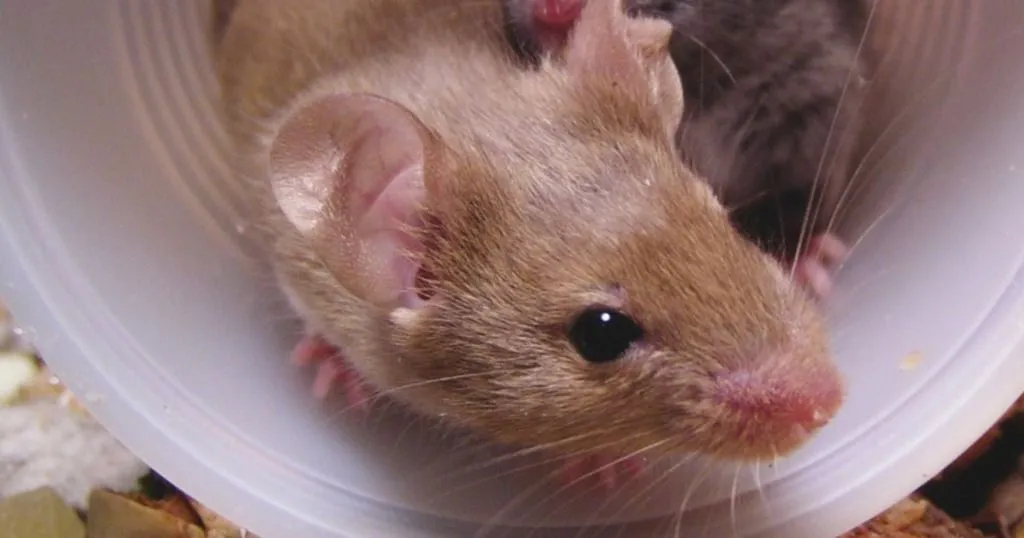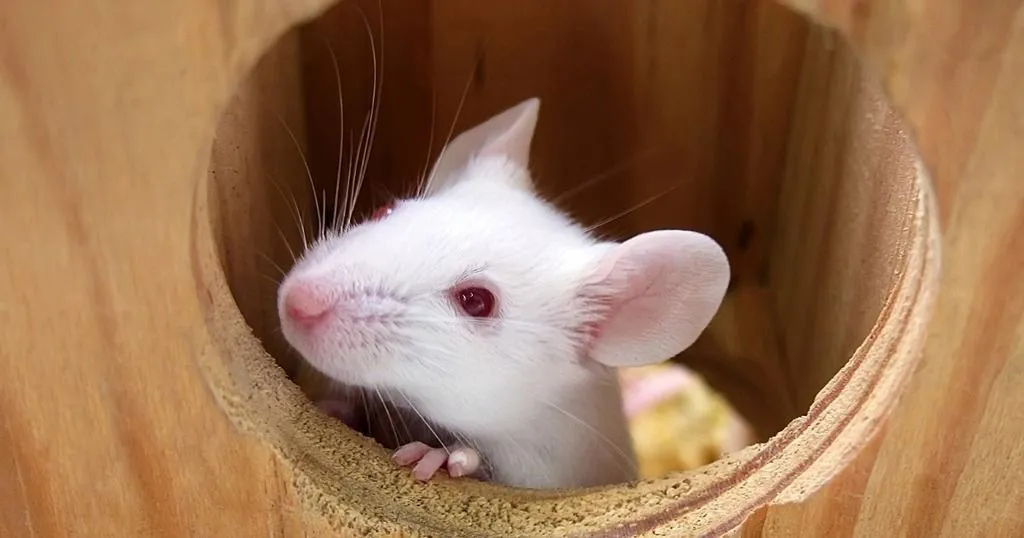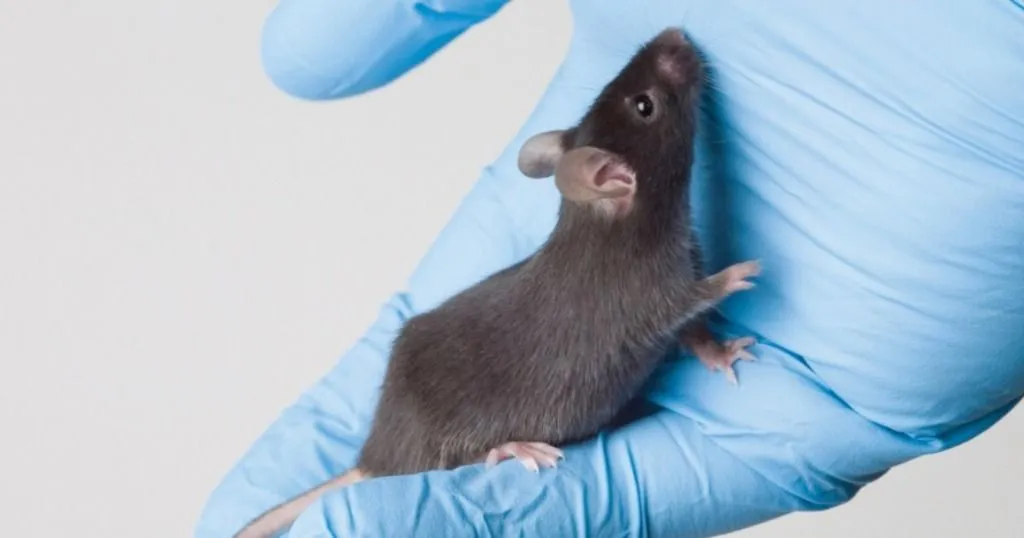Optogenetics and operant conditioning
A great example of optogenetics in behavioral studies is the work of Dr. Kravitz and Dr. Kreitzer at the Kreitzer lab (currently, Kravitz works at the NIDDK in Bethesda). Let me tell you about it.
Posted by
Published on
Tue 05 Feb. 2013
Topics
| EthoVision XT | Learning And Memory | Mice | Operant Conditioning | Optogenetics | Video Tracking |

Not long ago, I wrote about optogenetics (in this post) and the work of Dr. Stuber and his colleagues at the Stuberlab (www.stuberlab.org). Another great example of optogenetics in behavioral studies is the work of Dr. Kravitz and Dr. Kreitzer at the Kreitzer lab. Let me tell you about it.
Investigating the dopamine system
We all heard about dopamine, right? This chemical in your brain that makes you happy? Actually, dopamine is involved, and even crucial, in a number of processes that take place in the brain. You need it to control and coordinate your movements (so it is not surprising that the loss of dopamine producing neurons (brain cells) is associated with Parkinson’s disease). It is also involved in thinking processes and so on. The third important process that involves dopamine is that of emotion and motivation, a focus in the study conducted by Kravitz and Kreitzer.
These researchers investigated the function of two types of neurons in the dopamine system of the striatum, specifically two types that are activated by dopamine. The first type contains the D1 dopamine receptor, the binding of dopamine to this neuron causes activation of this neuron, which is thought to positively affect emotional state. The second type contains the D2 dopamine receptor and because binding of dopamine to this neuron is inhibitory (deactivating the neuron), this stimulation is believed to have a negative effect.
Using optogenetics to stimulate brain cells
Instead of administering dopamine or dopaminergic agonists, these researchers used optogenetics to directly activate the D1 and D2 neurons. In short, this means that by turning on the laser, these brain cells are activated. Their results were recently published in Nature Neuroscience.
So how does it work? This will get a bit technical. First, to alter the neurons so they can be activated by light, these neurons needed to be “infected” with a transmembrane protein called channelrhodopsin-2. It’s this protein that reacts to illumination, and subsequently activates the neuron. Next, these mice were implanted with a fiberoptic cable. This way researcher were able to send the light to the brain at any given moment, and the mouse were still able to move around freely in their cage.
Read more about optogenetics on our website and in this blog post.
Operant conditioning via the dopamine system with optogenetics
The researchers then proceeded to test if the optogenetic stimulation was in fact effective as a reward (via the D1 neurons) or punishment (via the D2 neurons). For this, they used a variety of behavioral tests. The first test was done in an operant box containing touch sensors as operant triggers. Each time the mouse came into contact with a sensor, this action was recorded by EthoVision XT Trial & Hardware Control software. After contact, the software sent out a signal to turn on the laser, resulting in illumination, and thereby optogenetic stimulation of the neurons.
EthoVision XT was also used to record behavior of the mice. Was the mouse touching the sensors more often when the D1 neurons were stimulated? In other words, is stimulation of these receptors rewarding for the mice? And is stimulation of the D2 neurons in fact a punishment, resulting in less touching of sensors? Yes and yes.
Place preference via the dopamine system
The second behavioral test was a place preference task, during which the mice were tested in a cage with a black and a white chamber. One of these chambers was designated as the correct chamber, resulting in the optogenetic stimulation of the D1 neurons. Alternatively, one of the chambers was designated as the wrong chamber, resulting in D2 neuron stimulation. The position of the mouse was recorded with EthoVision XT, and Trial & Hardware Control was again used to control optogenetic stimulation. Similar to the operant conditioning test, the mice showed place preference according to which neurons were stimulated.
Optogenetic stimulation succesfully reinforces behavior
Kravitz and Kreitzer found that optogenetically activating these specific neurons in the forebrain (that are normally activated by dopamine) indeed served as a reward (D1) or punishment (D2), according the behavior of the mice.
When the mouse performed the required actions (touching of the sensor or entering the black or white area), and this was followed by ‘reward’ (the D1 neurons were stimulated), this action was repeated by the mice. However, if their actions resulted in punishment (D2 neurons stimulated), this action was performed less. This confirms the previous notion that neurons with the D1 receptor mediate reward while neurons containing D2 receptors mediate punishment. The authors also found the difference to be greater in reward scenarios, and concluded that positive reinforcement seems more effective than punishment to modify behavior on the long term. A third important conclusion is that optogenetic stimulation of dopamine-sensitive neurons is indeed effective, and can be used as a precise temporal and spatial alternative to administrating dopamine or dopaminergic agonists.
Compelling proof of principle
Using the well-studied dopamine system, these researchers were able to prove that optogenetic stimulation is a great (or even better) alternative for stimulating neurons, when compared to the traditional chemical way.
Read more...
I would like to thank Dr. Kravitz and his colleagues for the information for this post.
This blog is based on the work of Kravitz et al.:
Kravitz, A.V.; Tye, L.D.; Kreitzer, A.C. (2012). Distinct roles for direct and indirect pathway striatal neurons in reinforcement. Nature Neuroscience, 15, 816-818.
For more information on optogenetics, EthoVision XT, and Trial & Hardware Control, please visit our website.
Related Posts

No science fiction: Magnetogenetics and how to induce animal behavior

